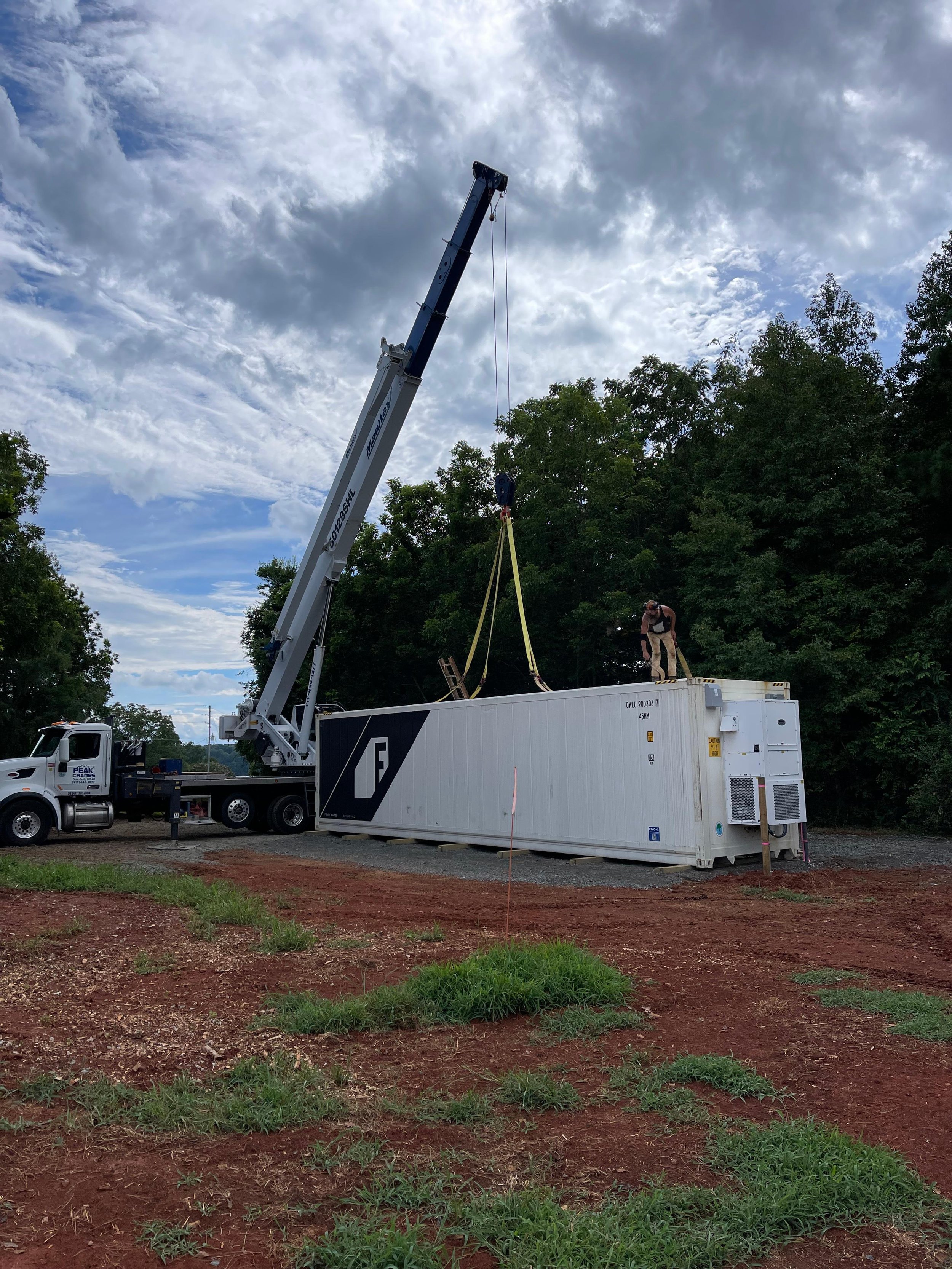Exploring Different Indoor Farming Methods: Where and How to Grow
Introduction
Indoor farming is transforming agriculture by enabling fresh produce to be grown year-round, regardless of location. Whether you're farming at home, in a large warehouse, or using advanced container farms like Freight Farms’ Greenery™, there are numerous ways to approach indoor farming. Let’s explore both the locations and methods that make indoor farming possible.
Where to Farm Indoors
Homegrown Systems: Bringing Farming in the Home
Cost to Get Started: Lowest investment. Ideal for individuals and small-scale growers, homegrown systems are affordable and accessible, requiring minimal space and setup costs.
Overview: Perfect for small spaces, homegrown systems allow in
Container Farming: Mobility and Scalability
Cost to Get Started: Moderate investment. Freight Farms’ Greenery offers a scalable solution with a balanced capital investment, providing a perfect mix of cost-effectiveness and advanced farming technology.
Overview: The Greenery offers a mobile, climate-controlled farm that can be deployed in diverse locations, integrating vertical farming and hydroponics for year-round, high-quality production.
Warehouse Operations: Scaling Up Production
Cost to Get Started: Largest capital investment. Warehouse farming involves significant upfront costs for space, equipment, and technology, making it suitable for large-scale commercial operations.
Overview: Large indoor spaces transformed into high-yield farms, utilizing vertical farming and hydroponics to produce significant quantities of crops.
Rooftop Farms: Maximizing Urban Space
Cost to Get Started: Varies depending on infrastructure.
Overview: Rooftop farming repurposes underutilized urban spaces to create productive farms, ideal for densely populated cities. It often uses lightweight soil, hydroponic systems, or containers, making it possible to grow a variety of crops while contributing to urban greening and local food production.
Greenhouses: Controlled Environment with Natural Light
Cost to Get Started: Moderate to high investment.
Overview: Greenhouses provide a controlled environment with the benefit of natural sunlight, supplemented by artificial lighting when needed. They can support year-round production and are adaptable for various scales, from small personal greenhouses to large commercial operations.
How to Farm Indoors
Hydroponics: Soil-Free Efficiency
Uses nutrient-rich water to grow plants without soil, conserving water and accelerating growth cycles.
Aeroponics: Maximizing Growth with Air
Plants are suspended in the air with roots misted with nutrient solutions, promoting rapid and healthy growth.
Aquaponics: The Symbiotic System
Combines fish farming with hydroponics, creating a self-sustaining ecosystem where fish waste nourishes plants, and plants purify water.
Vertical Farming: Growing Upwards
Involves stacking layers of crops to maximize space and resource use, ideal for urban environments and can be combined with other methods like hydroponics and aeroponics.
Conclusion
Indoor farming offers diverse methods and locations to suit different needs, whether you’re growing at home, in a warehouse, or using a Freight Farms container. Each approach has unique advantages, allowing for sustainable and efficient food production in any setting.
Ready to explore indoor farming?
Discover how Freight Farms can help you choose the right method and technology to meet your needs. Visit our Indoor Farming Solutions page to learn more.










